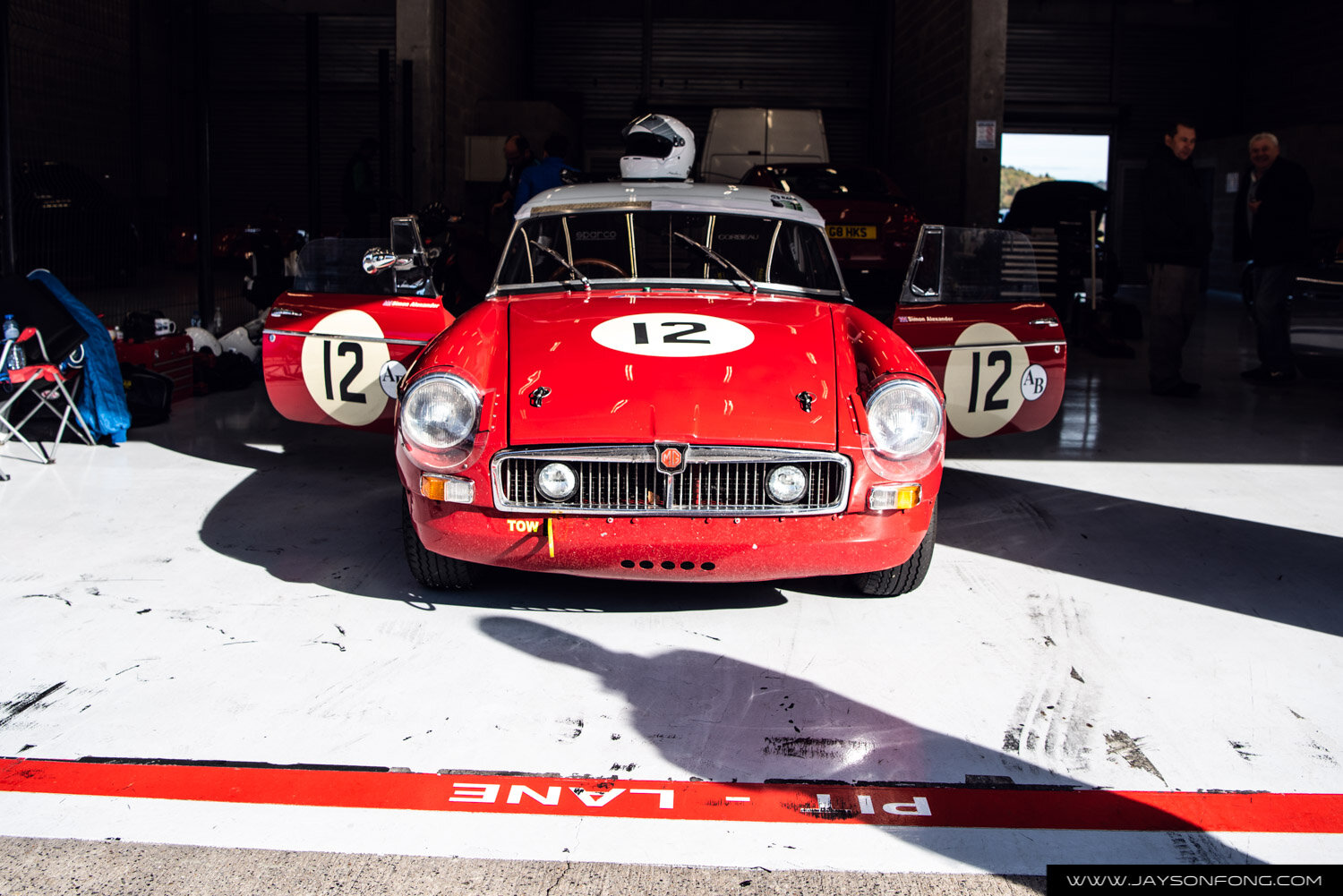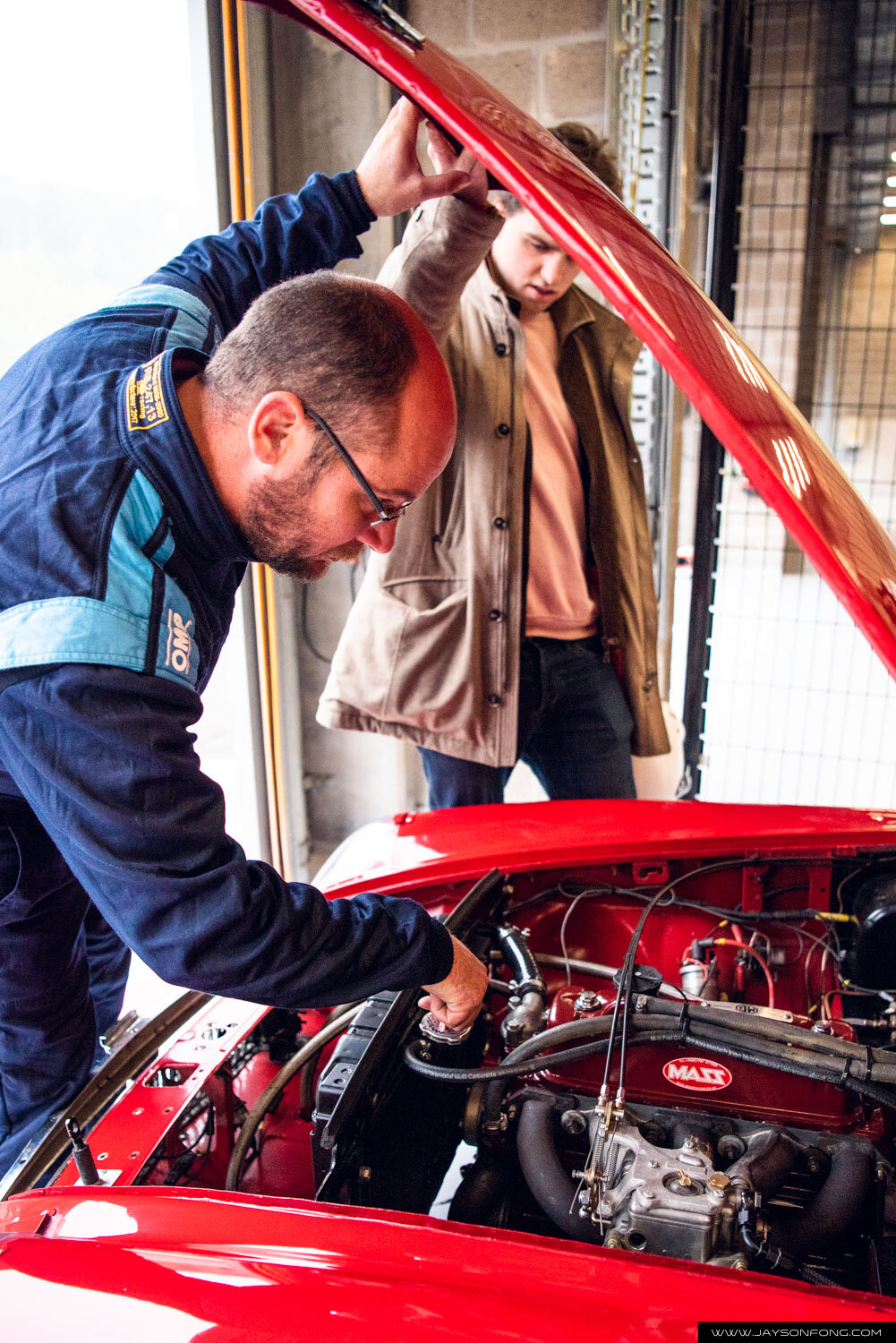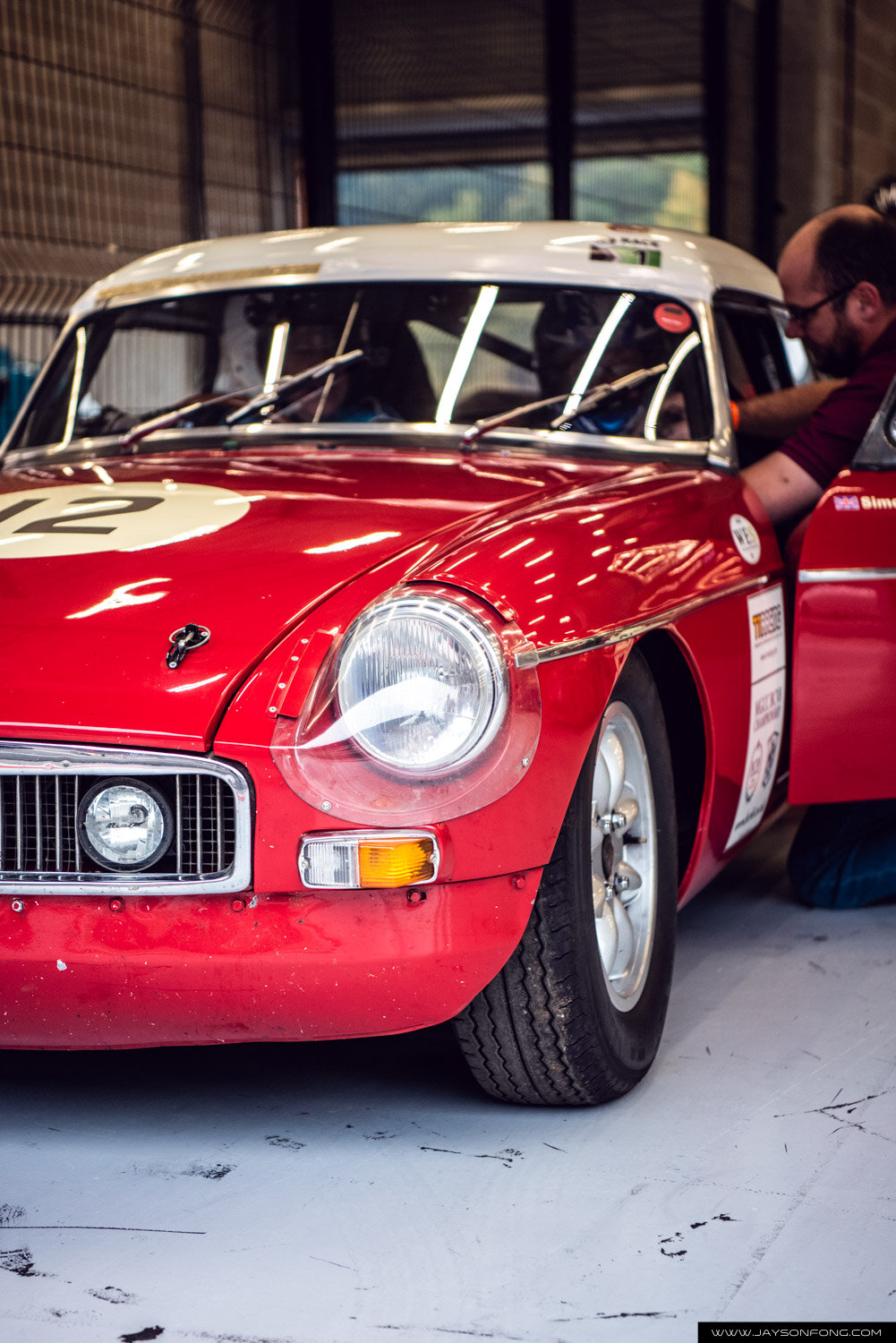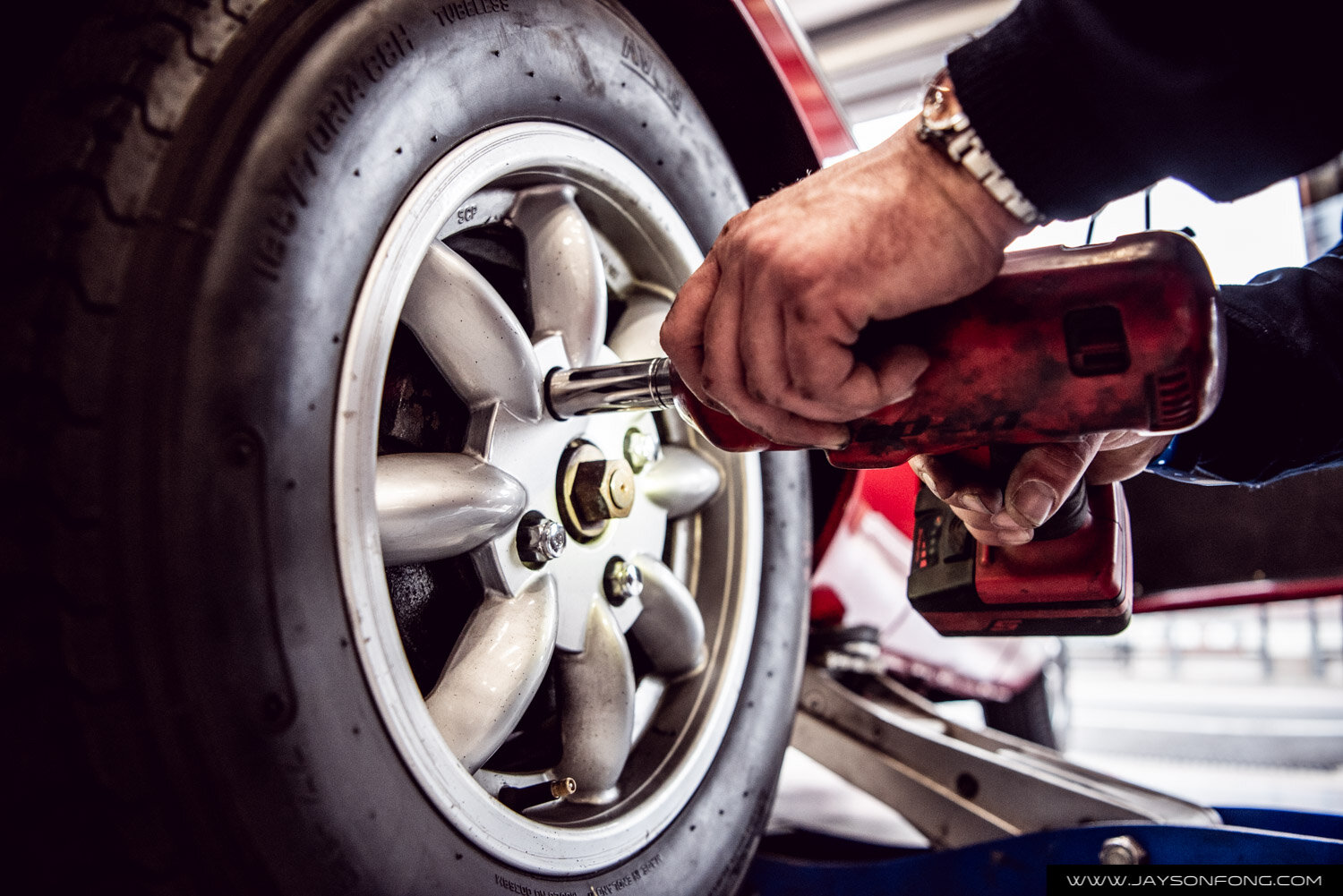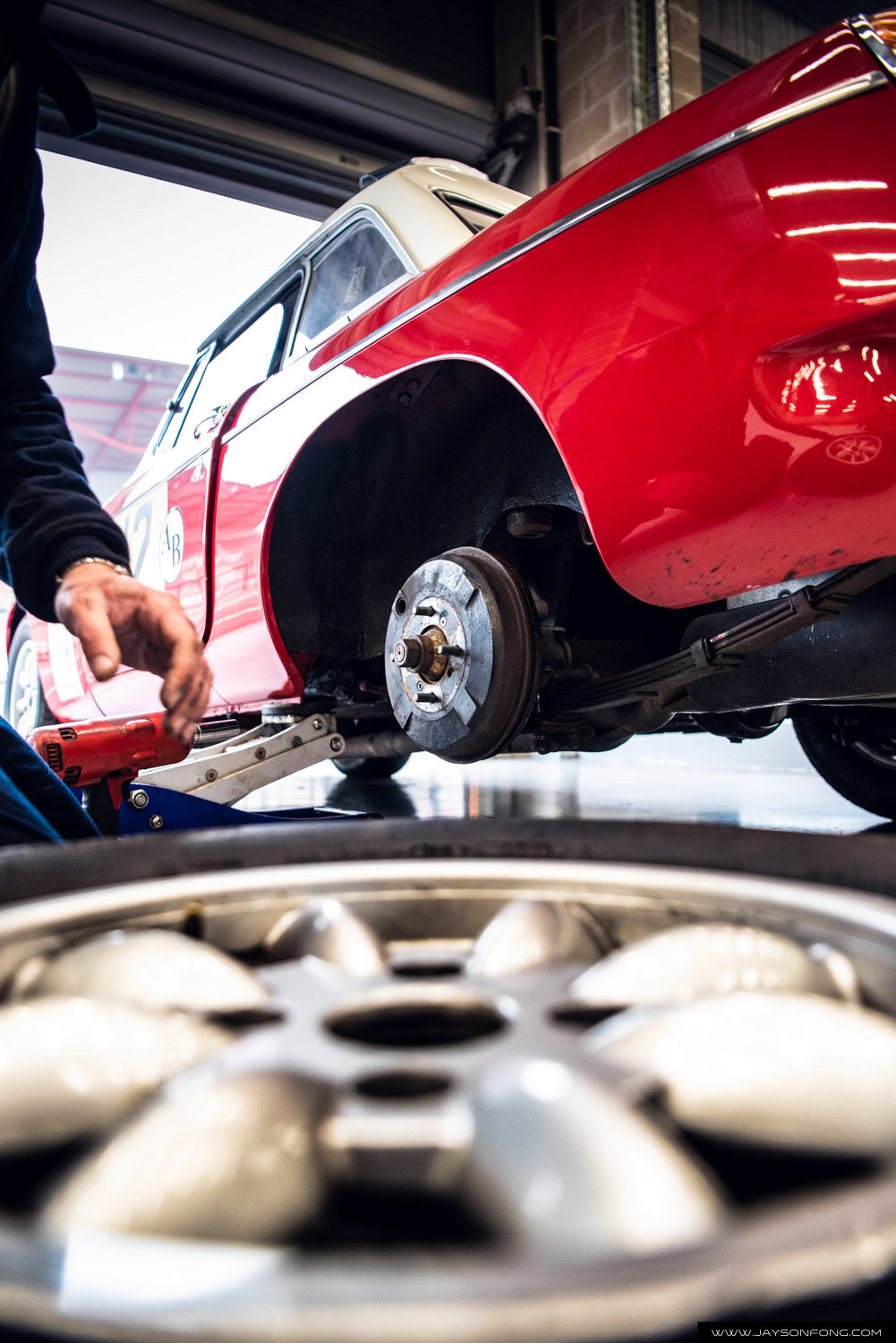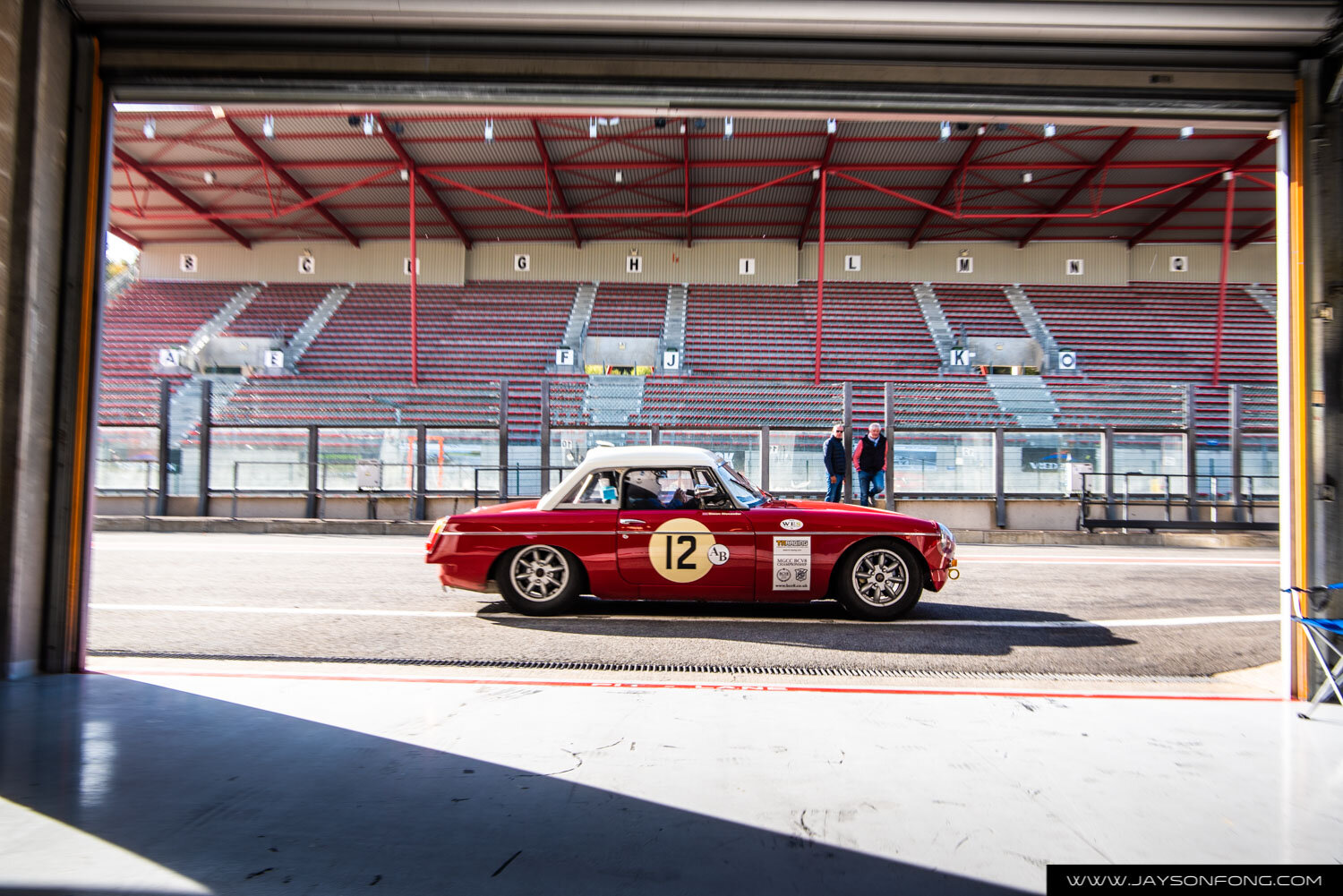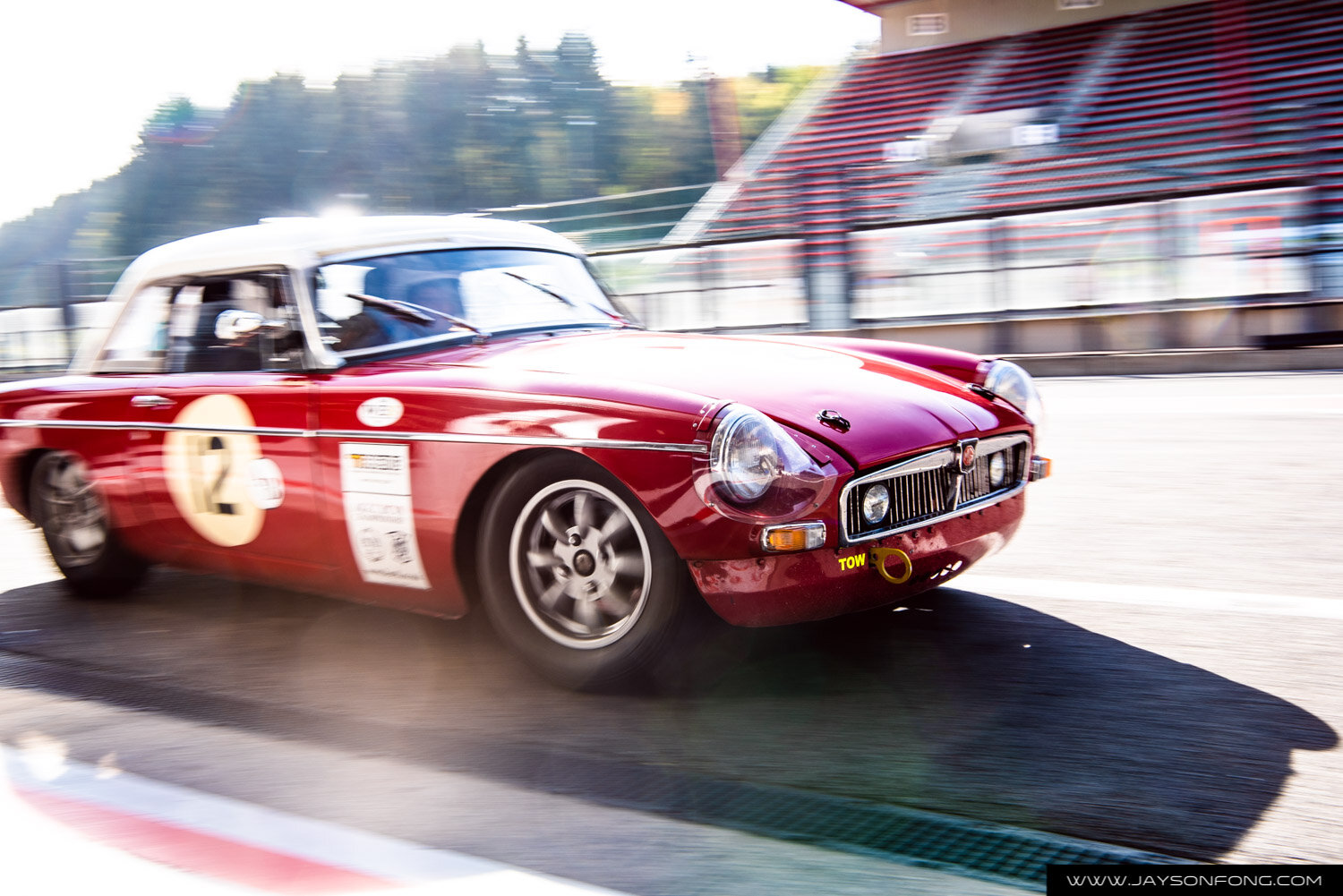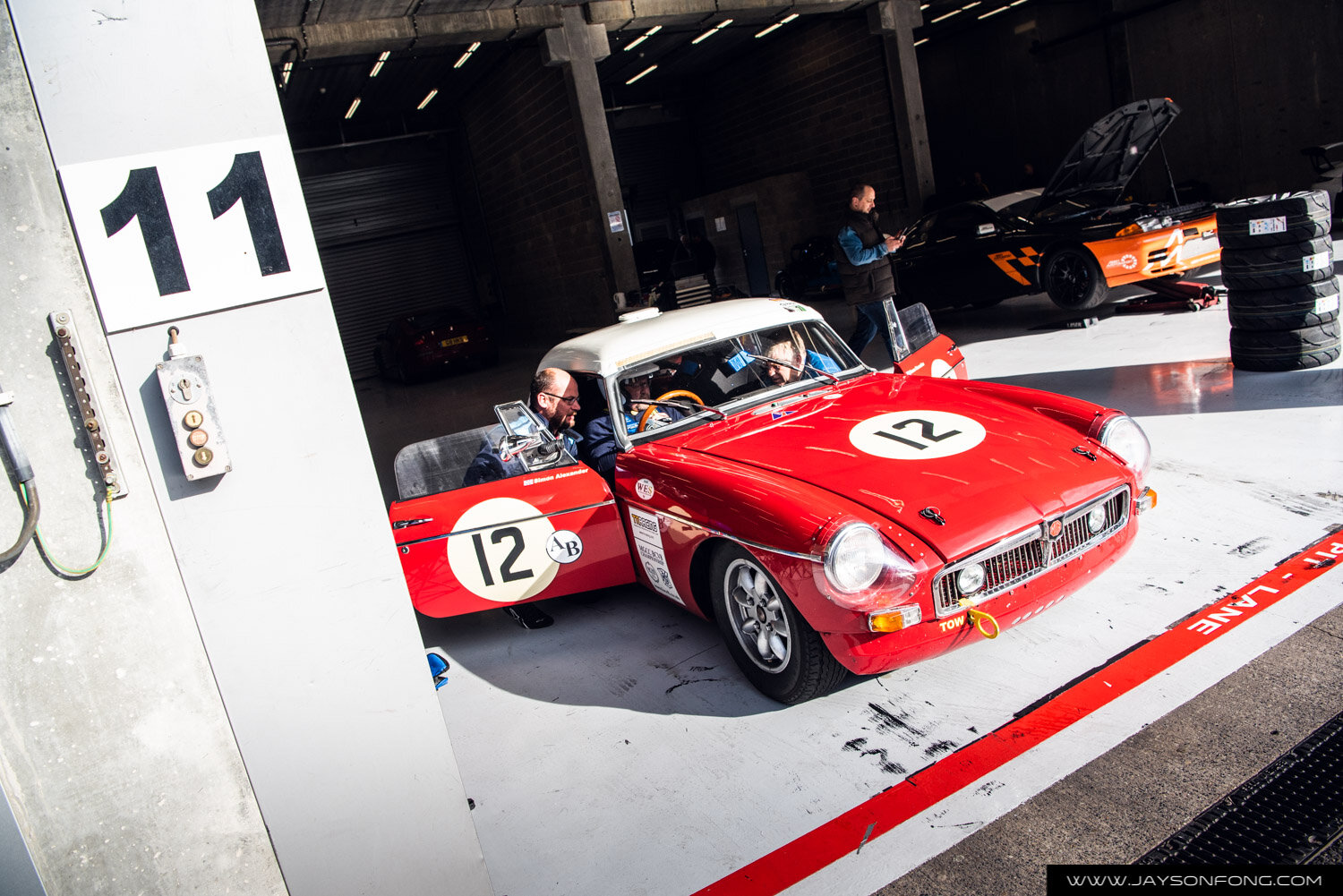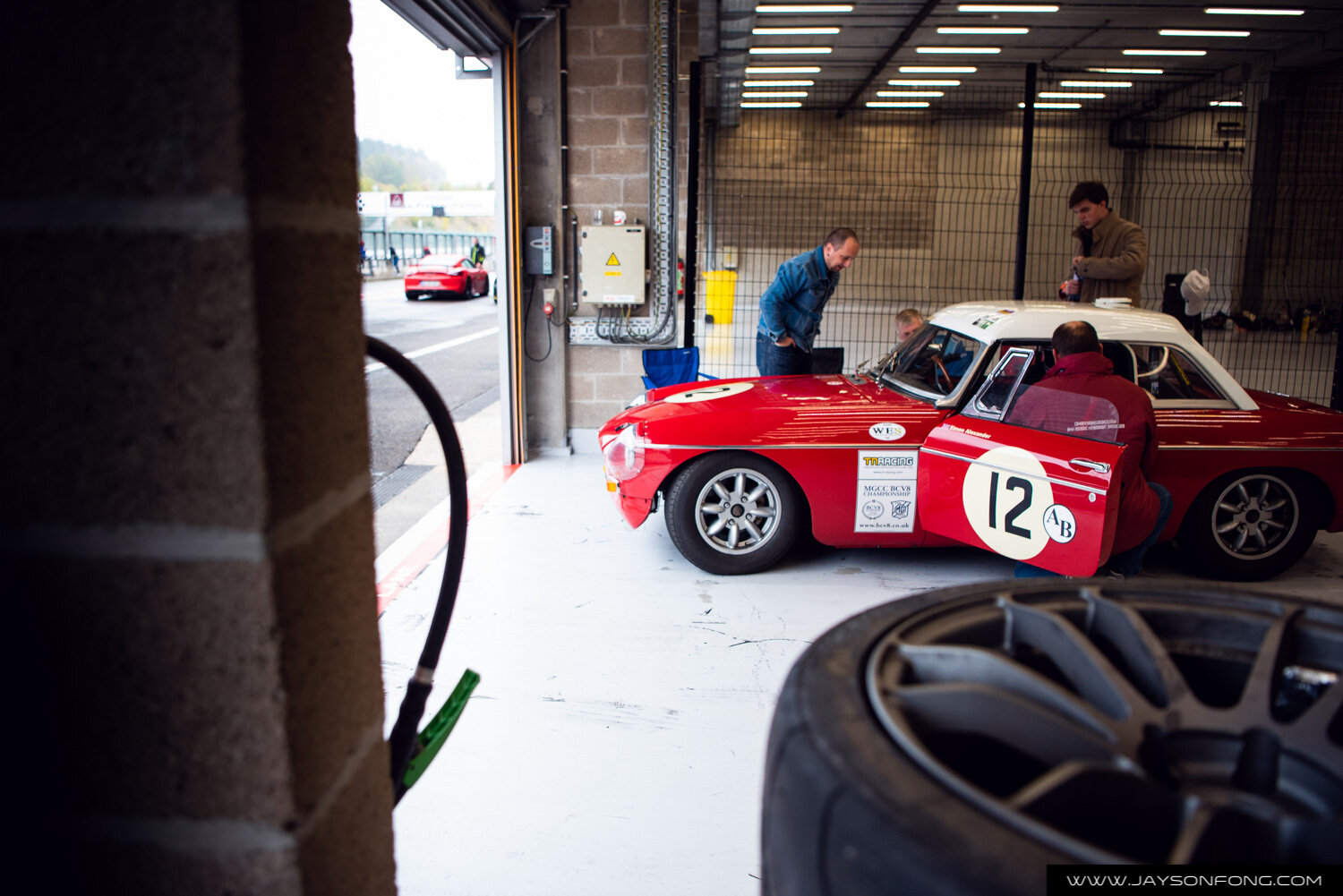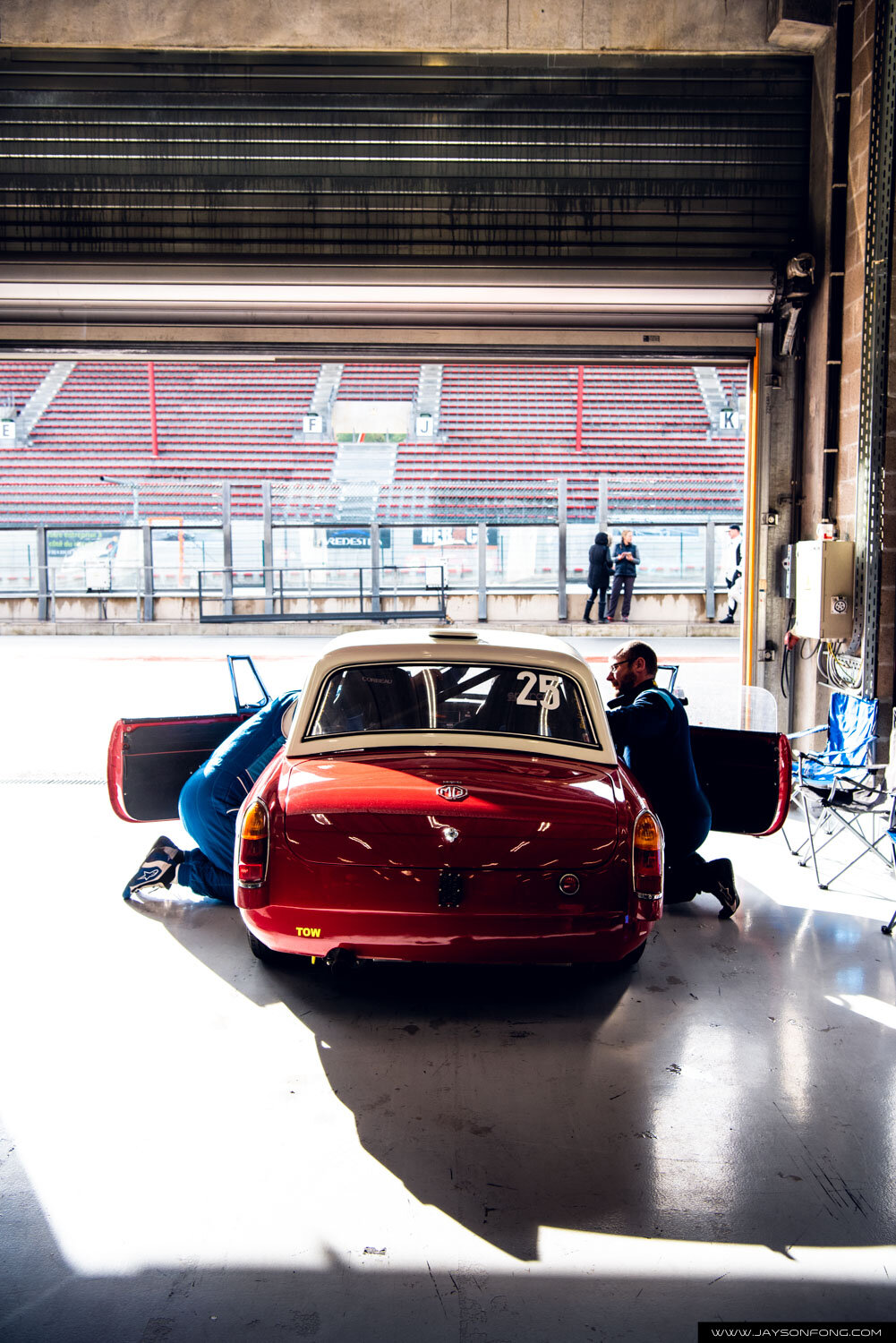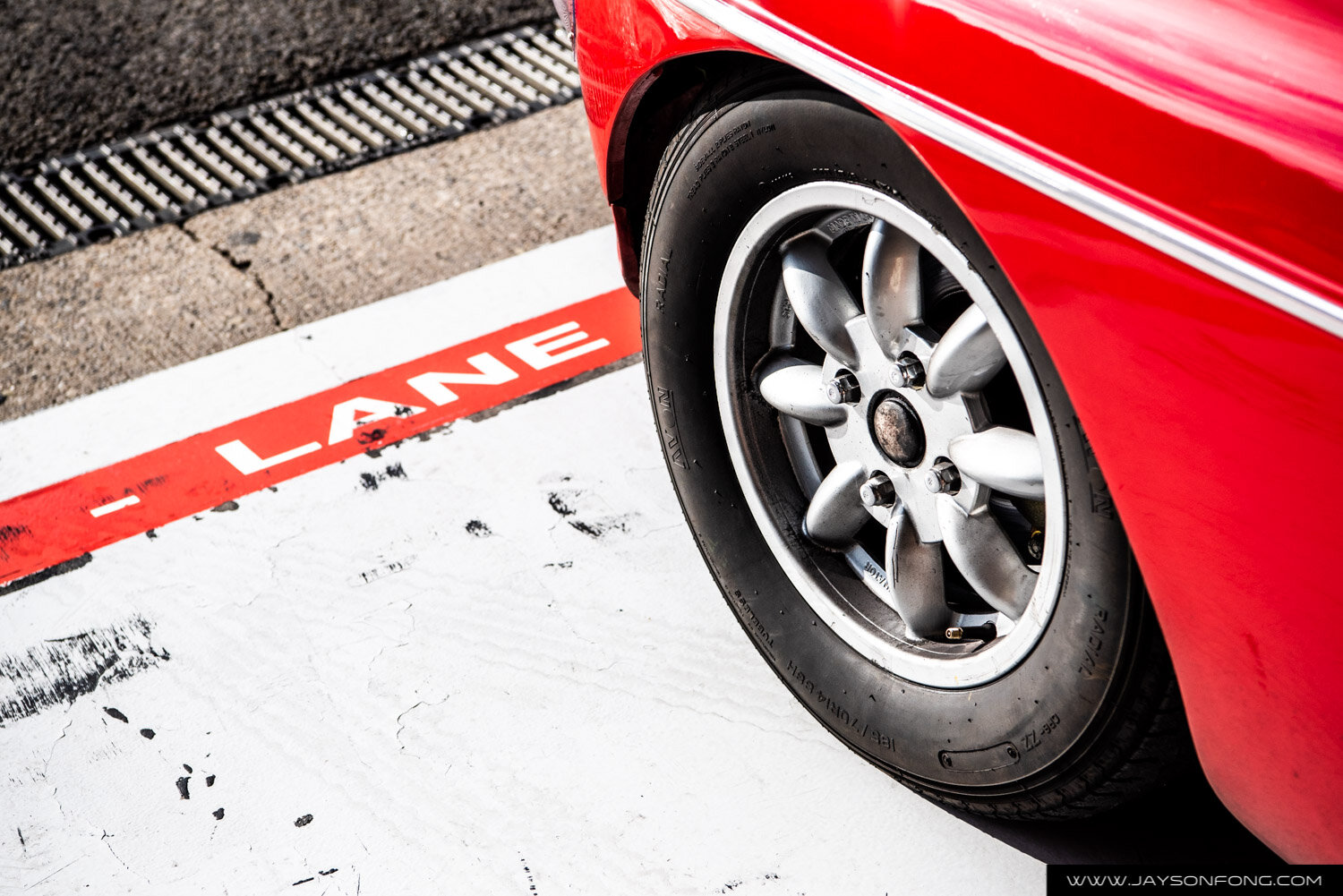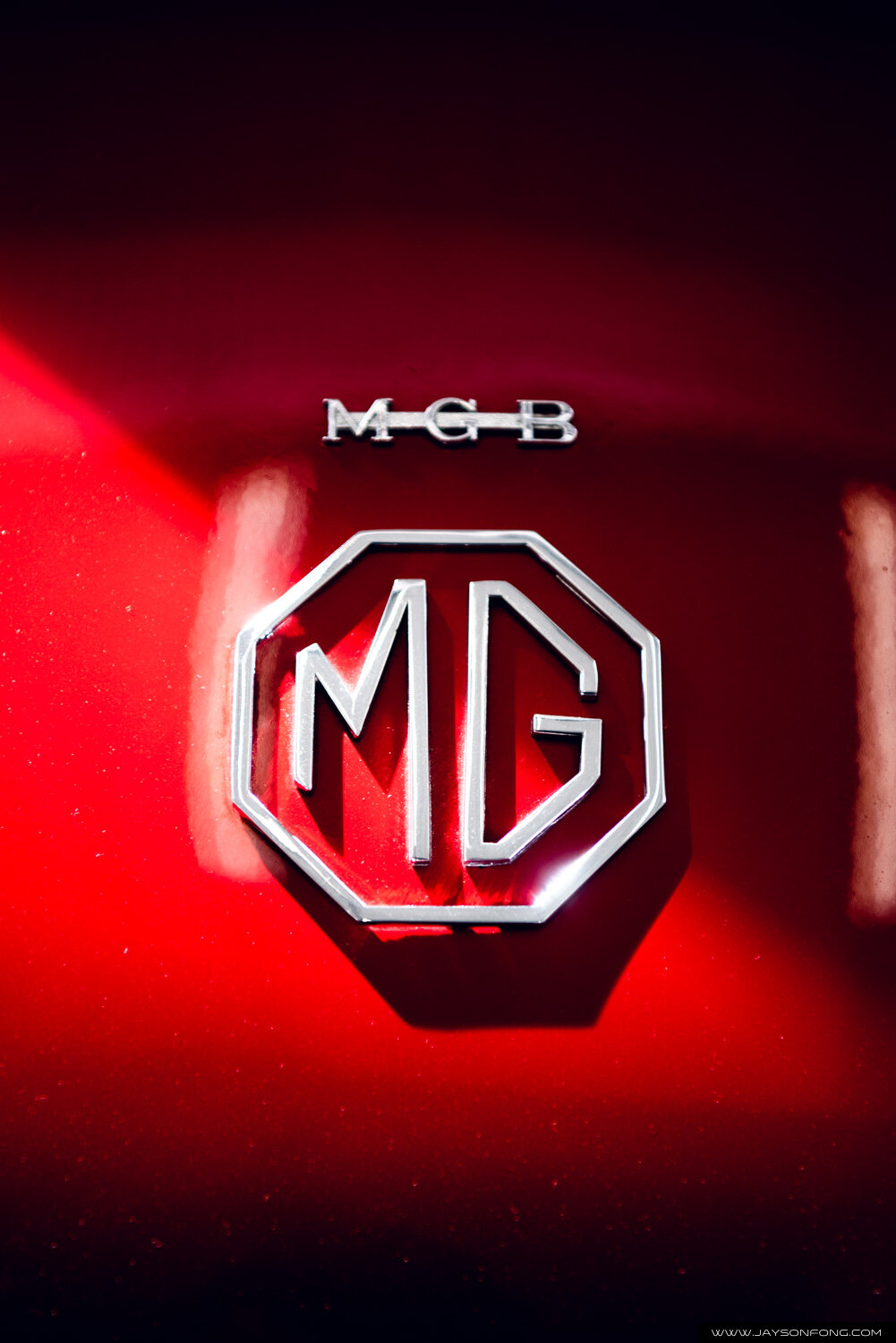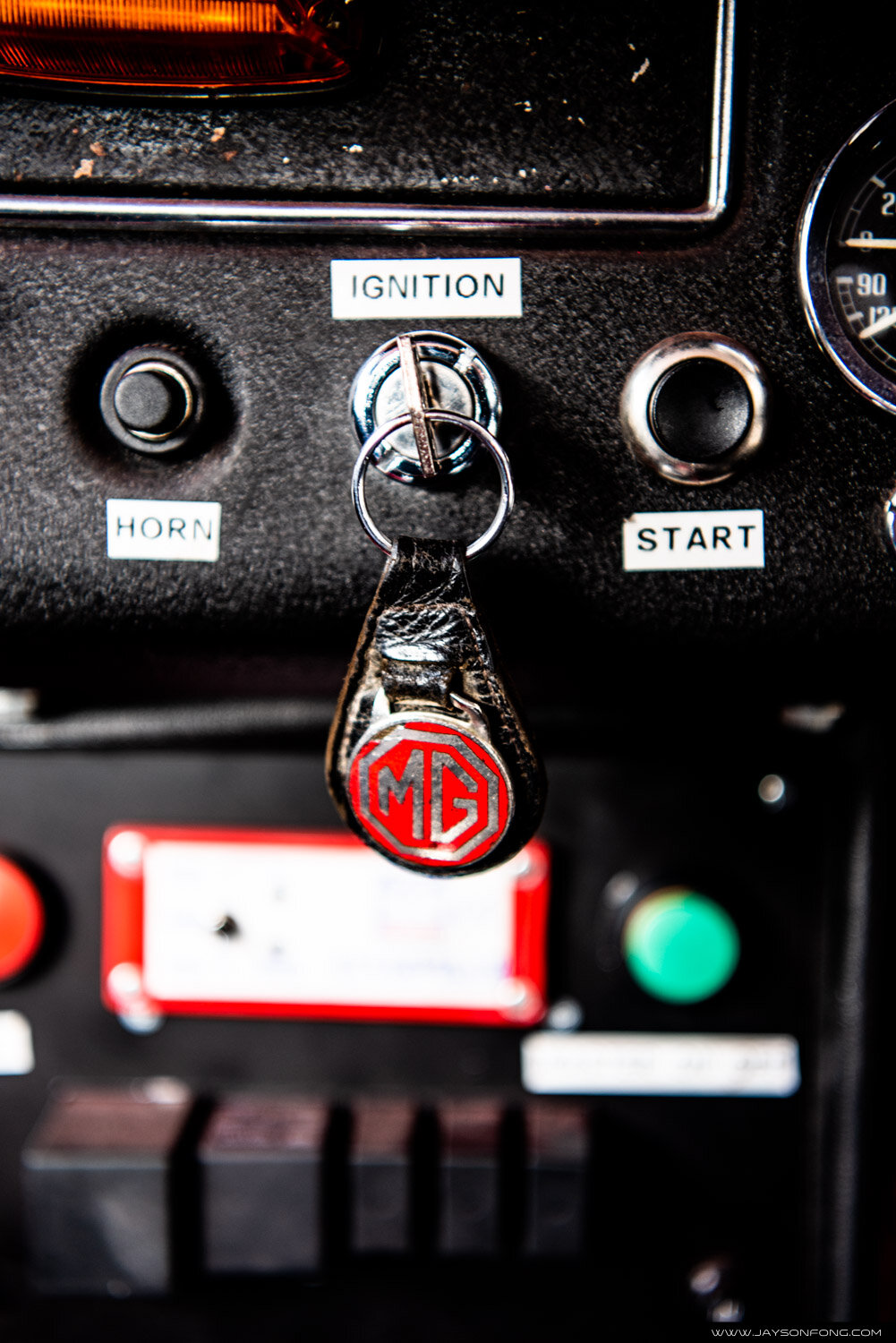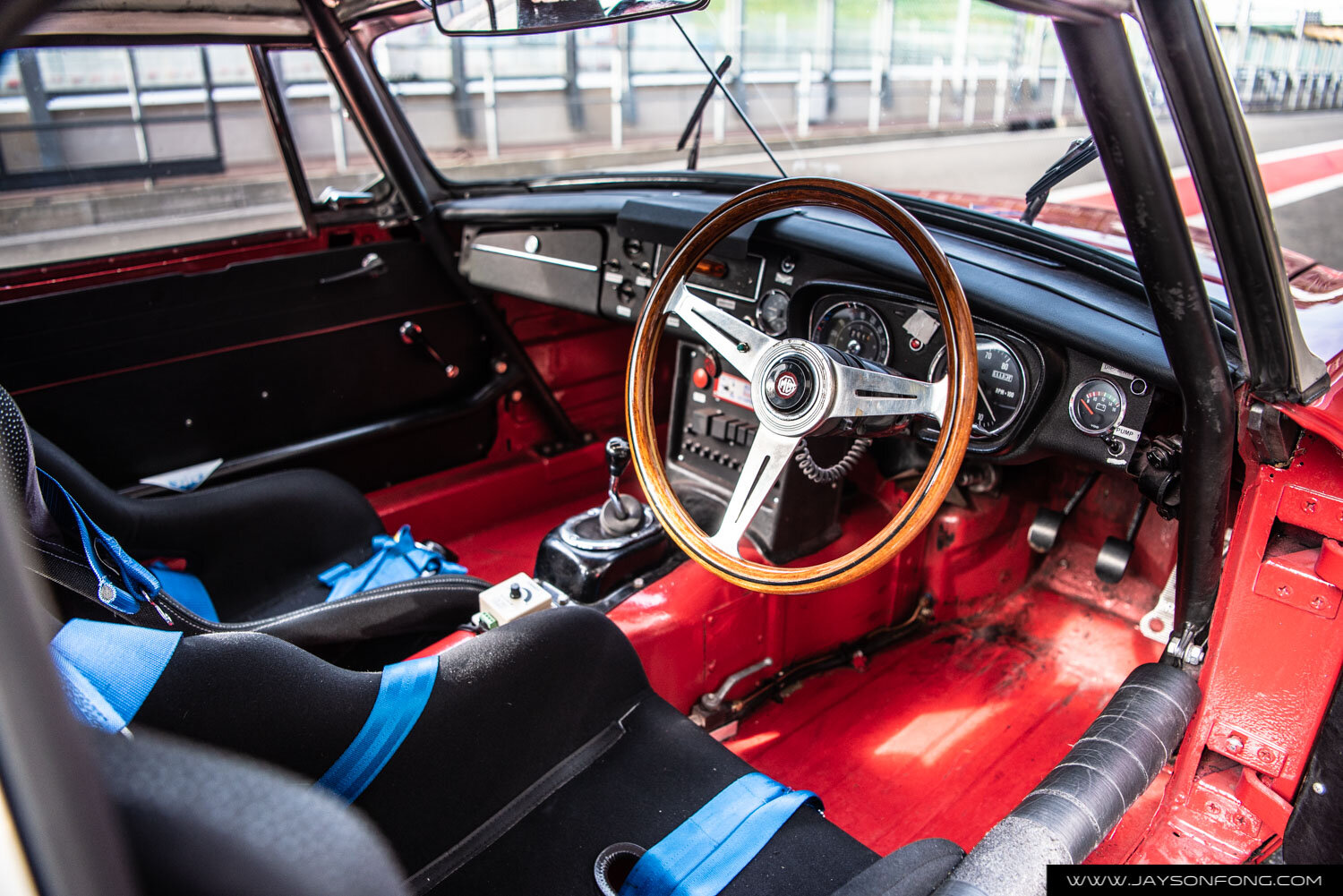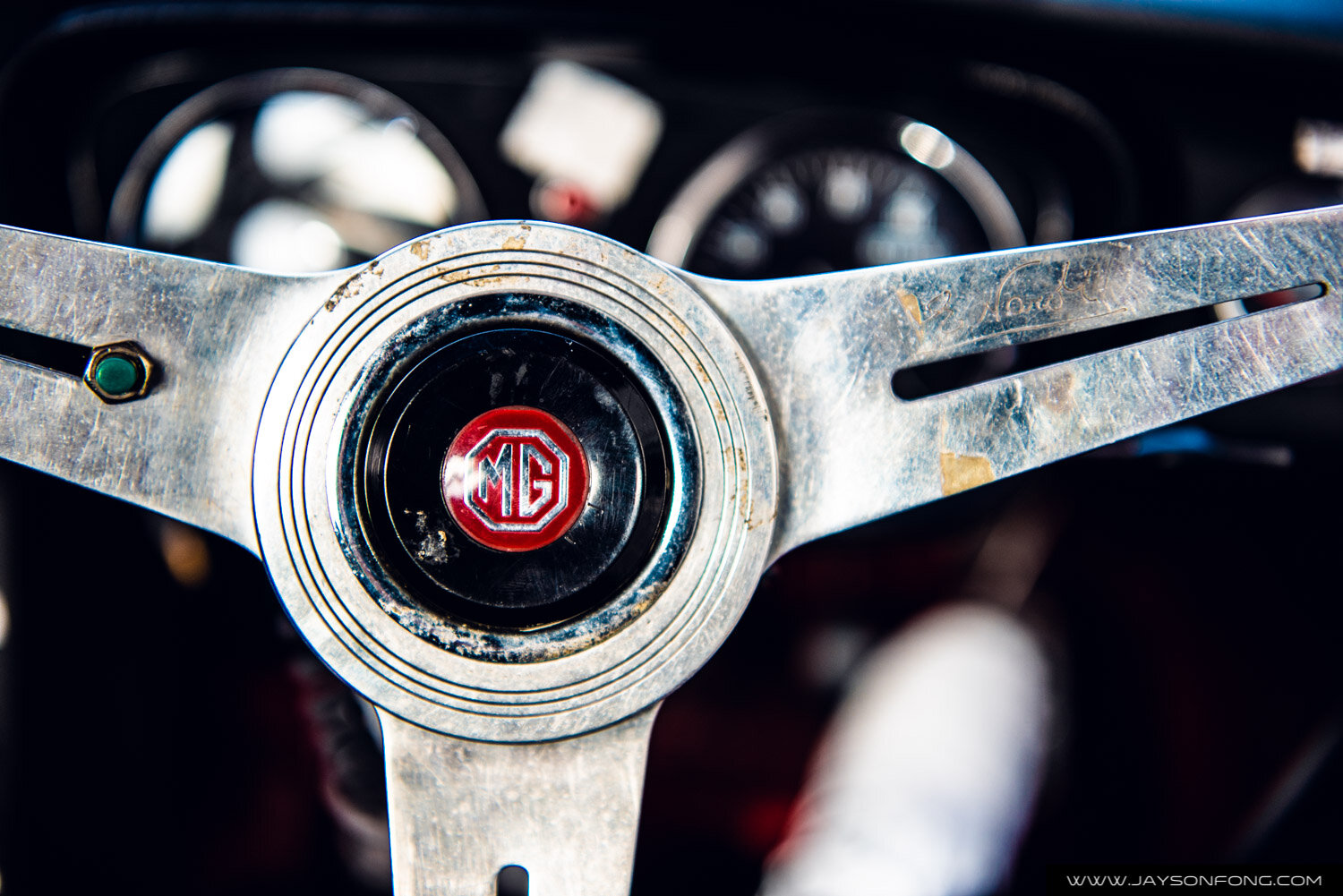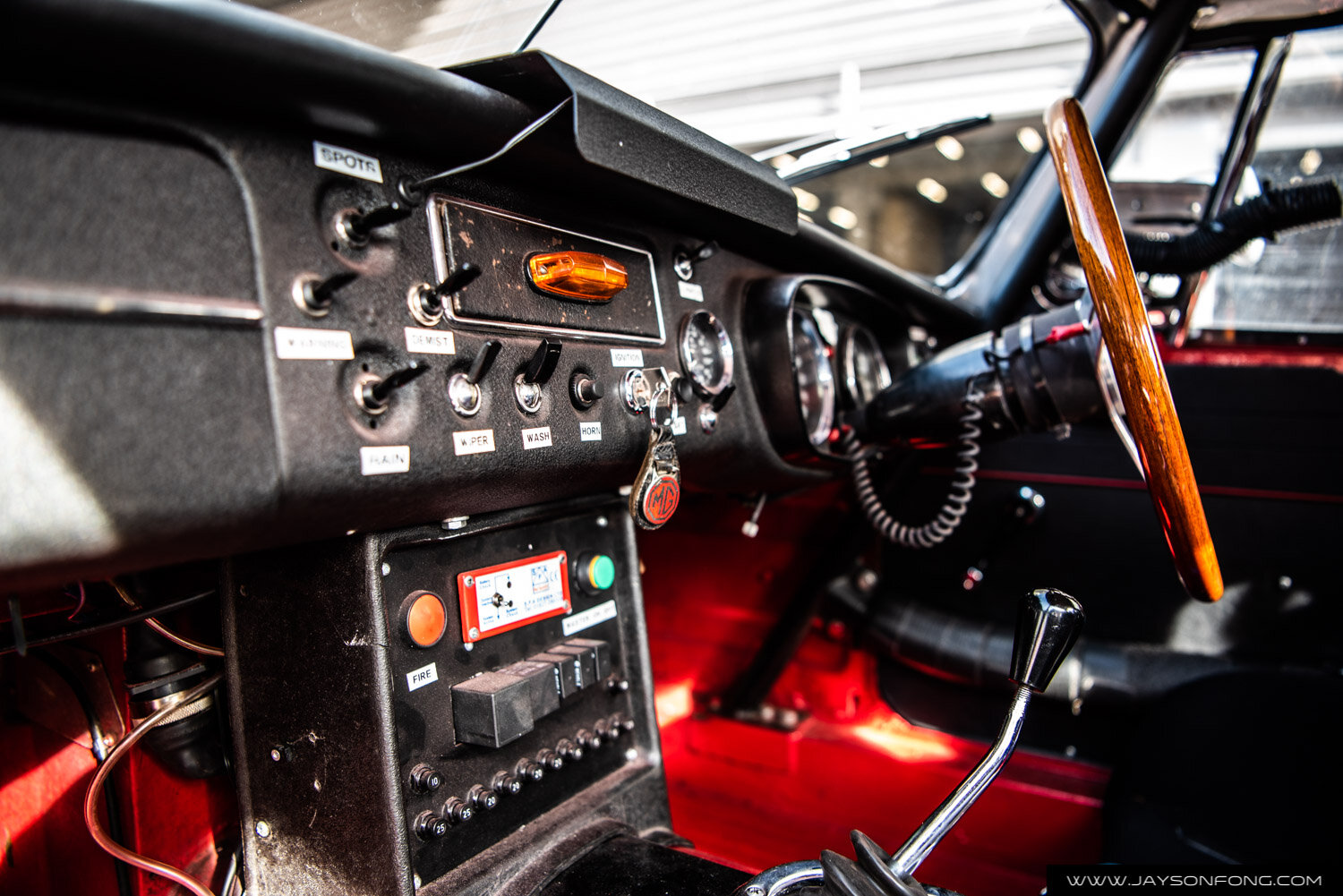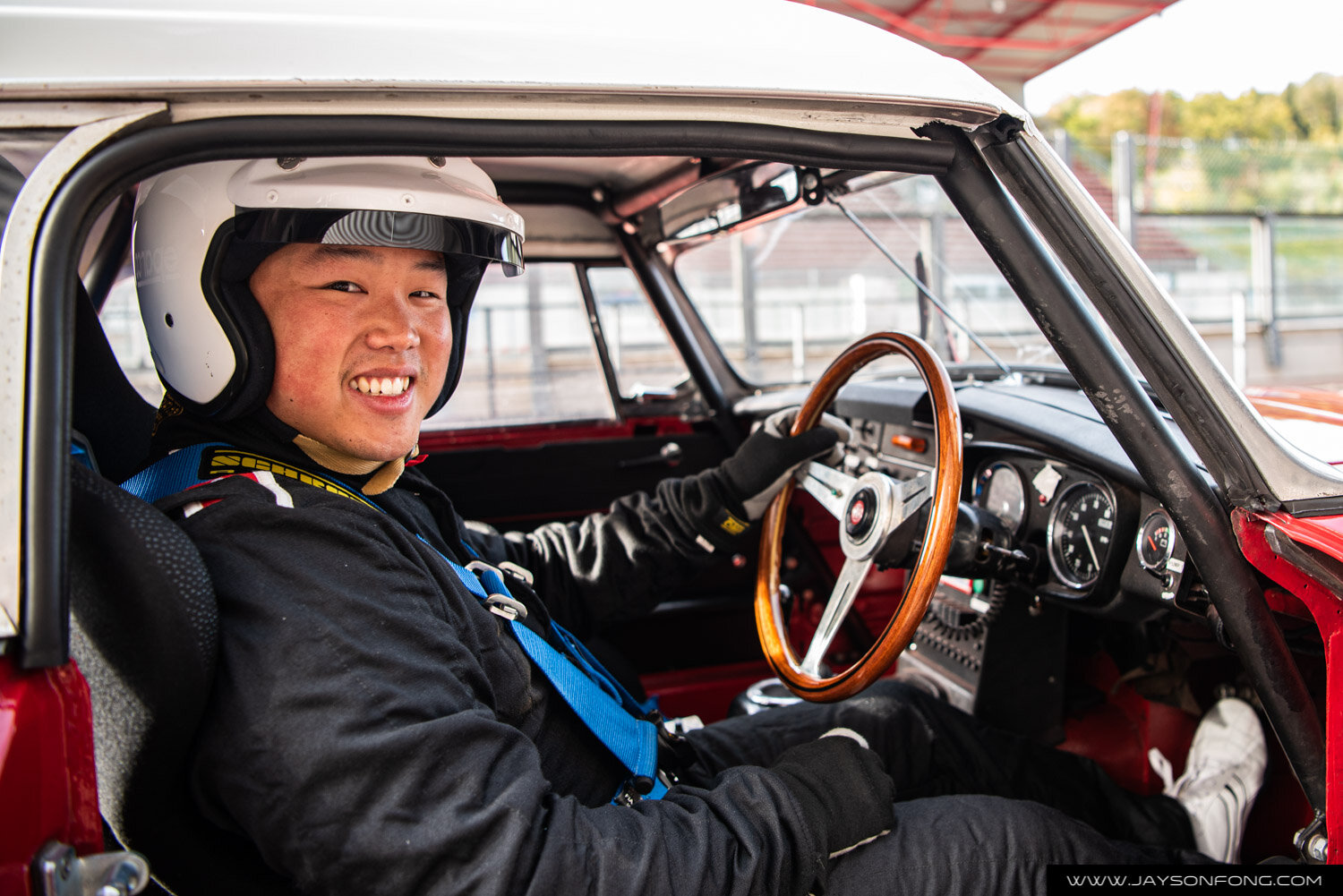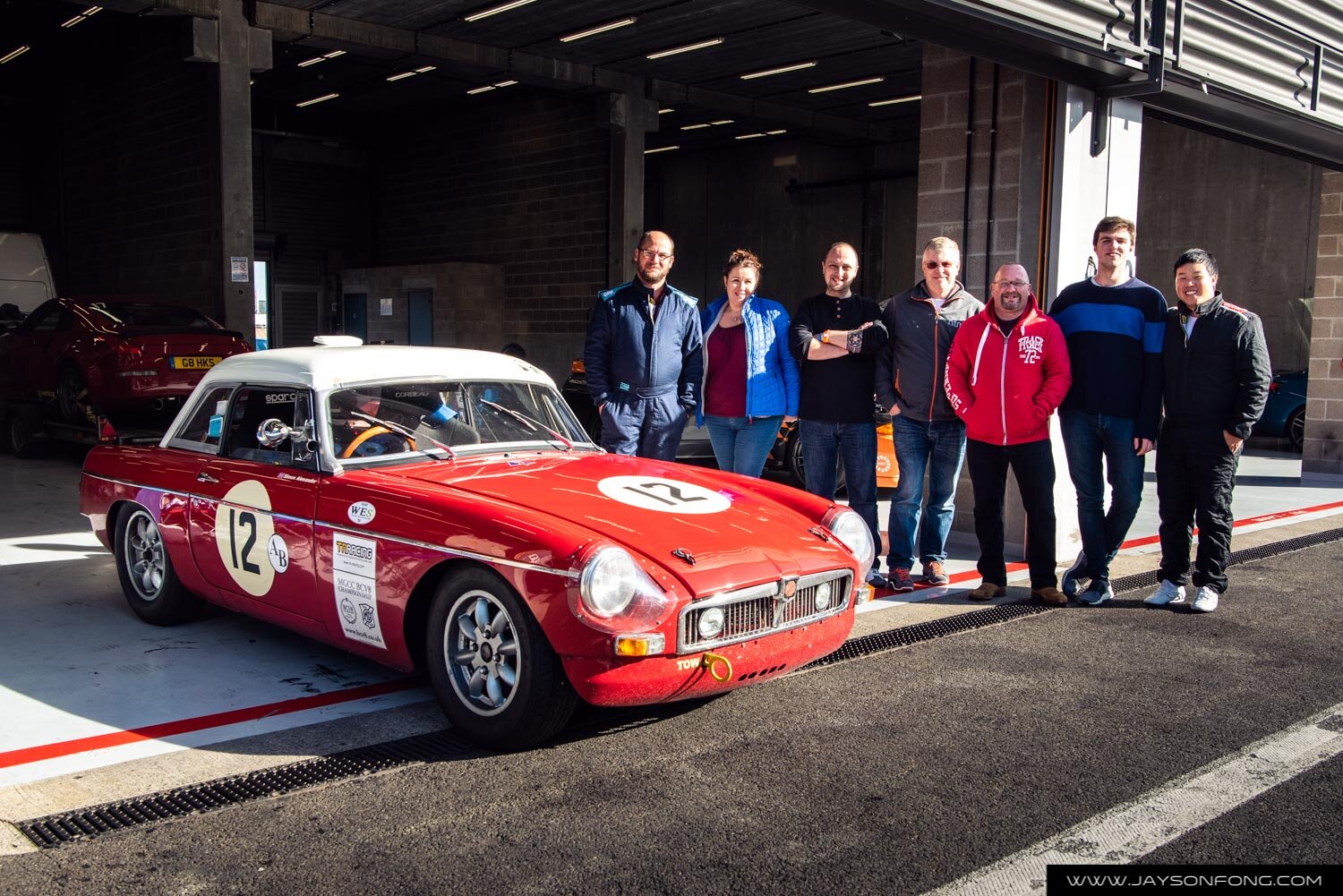Driving an FIA spec MGB: The perfect first historic race car experience
With a short wheelbase, tipping the scales at a touch over 850kg, driven at the rear wheels by a 1850cc four-cylinder motor and controlled via a wooden steering wheel, the MGB is a perfect representation of the classic British club racer from the 1960s. A completely different machine to the halo cars of British racing from the era like the Jaguar E-type, or Aston Martin’s DBs, the MGB was built as an accessible sports car. As I went on to find out at Spa, the real beauty of the MGB is in its simple, back to basics approach to what a sports car should be about.
Although I’ve had the fortune of riding shotgun in many historic race cars, this was the first time at the wheel of one that had an operating procedure recogniseable to today’s standards (technically my first historic race car experience was in a 1925 Bentley Super Sports which was like learning how to operate heavy machinery).
“I think I’m going to need more foam pads...” I said to Simon, as I got into the seat and my boots dangled inches away from any of the pedals. And although I’d end up needing all of the pads available to get me close enough, It’s at times like these that I’m very glad not to be anywhere near 6 feet tall - The cabin of an MGB is not exactly the roomiest of places in the world, especially with a hard top fitted, but comfort isn’t really the forte of a race car is it?
Finally strapped in, the door shut with a light metallic and hollow thud, highlighting how little weight I had around me. I follow the start sequence; press the master switch, turn the key for ignition and click the start button. At once, all 1850cc’s come to life, filling the stripped out interior with a four-cylinder burble. Thanking the weather gods for making the rain stop a few hours before, I exited the pit lane at Spa onto a damp circuit. With the engine building revs and Eau Rouge looming into view, I can happily say that I’ll never forget the moment I made the climb up Raidillon for the very first time.
We get to the final session of day one and I’m exiting Les Combes and starting my downhill descent when I see a spectacular sunset view of the Ardennes. Although I’d seen it many times before while trackside - from inside a car, I can tell you right now that it was at the very least, thirteen times more impressive.
Heading into day two, I take the B out for a few easy warm up laps and take a moment to reflect on the experience so far. I’m pleasantly surprised by how easy the MGB is to drive for a person jumping in for the first time. The steering has a bit of weight to it, making the car feel heavier than it is, but retains its precision, the clutch isn’t at all heavy and the pedals are perfectly spaced for me to practice heel and toe. If there was anything for me to take a bit of time getting reacquainted to, it’s the common characteristics of classic cars - a thin wooden steering wheel, low rev bogginess and a slightly notchy four-speed gearbox (which I am later told also has a slight niggle).
With the track dry, and a bit more courage with my lines and the car, I start to build up some more speed and what strikes me by the end of the day is how fun the MGB is and why it may very well be the best thing to learn track driving in. It gives a driving experience that isn’t too demanding, is very forgiving and inspires confidence as every corner of the small chassis seems to be within reach of my abilities at all times. Lap after lap it manages to make me feel in control, communicating how much grip and balance I have to play with and making sure my smile keeps getting wider.
Before arriving at Spa, I was really interested in the MGB mystery, and following two days on the track, I was not disappointed in the slightest by what I found out. From now on and for me at least, MGB’s and the idea of having fun go hand in hand. It might not be the most powerful race car or even close to the fastest, but when it comes to driving satisfaction and purity, it scores full marks in my book.
Note: In part one, I mentioned the MGB was humble, but had the ability to leave a big mark. This little MGB lived up to that, and within a few months after this weekend at the track, I was set on buying a small, red, rear wheel drive sports car of my own. Although it’s Japanese, many years younger and a fair bit heavier, my MX-5 (Project NC) and the B were designed using the same sports car recipe. I regret not being more curious about the MGB legacy earlier, but now that I’m converted, I finally understand their popularity.
Many for making this experience possible:
Simon Alexander
Competition Classics for the track day prep



